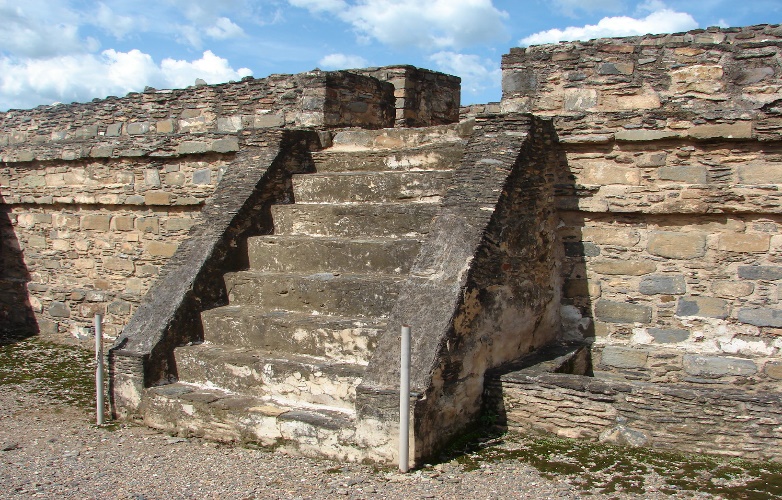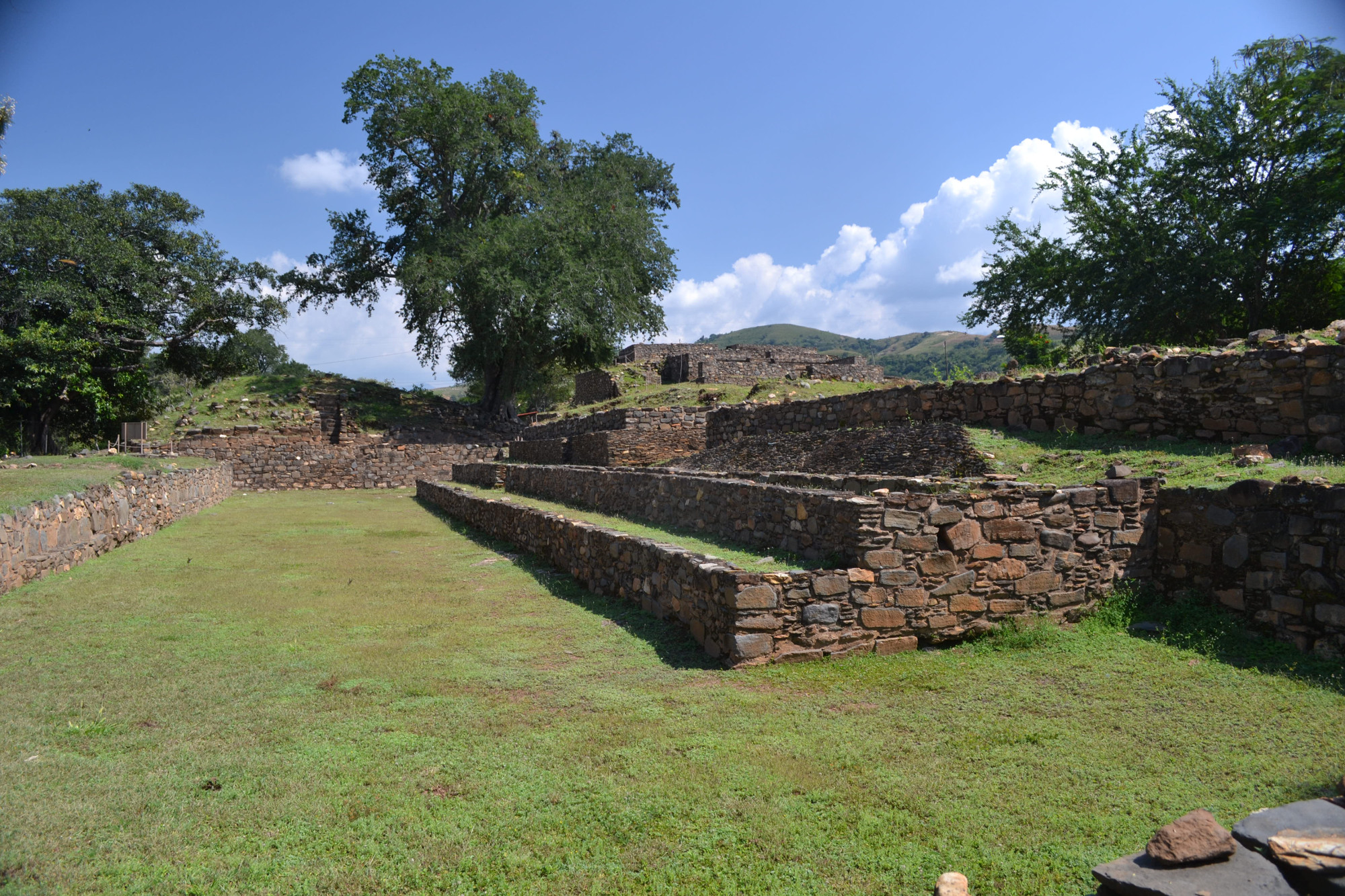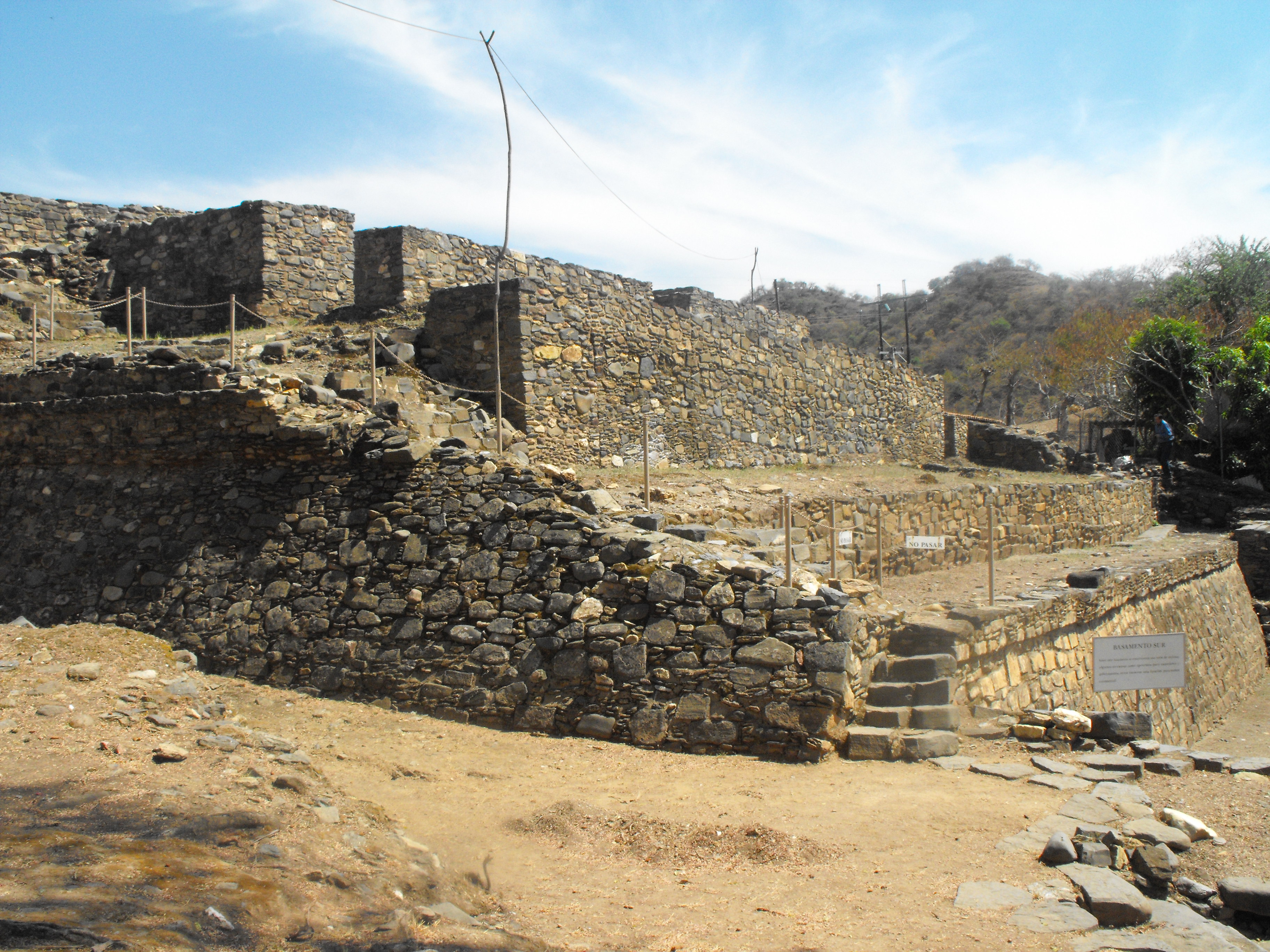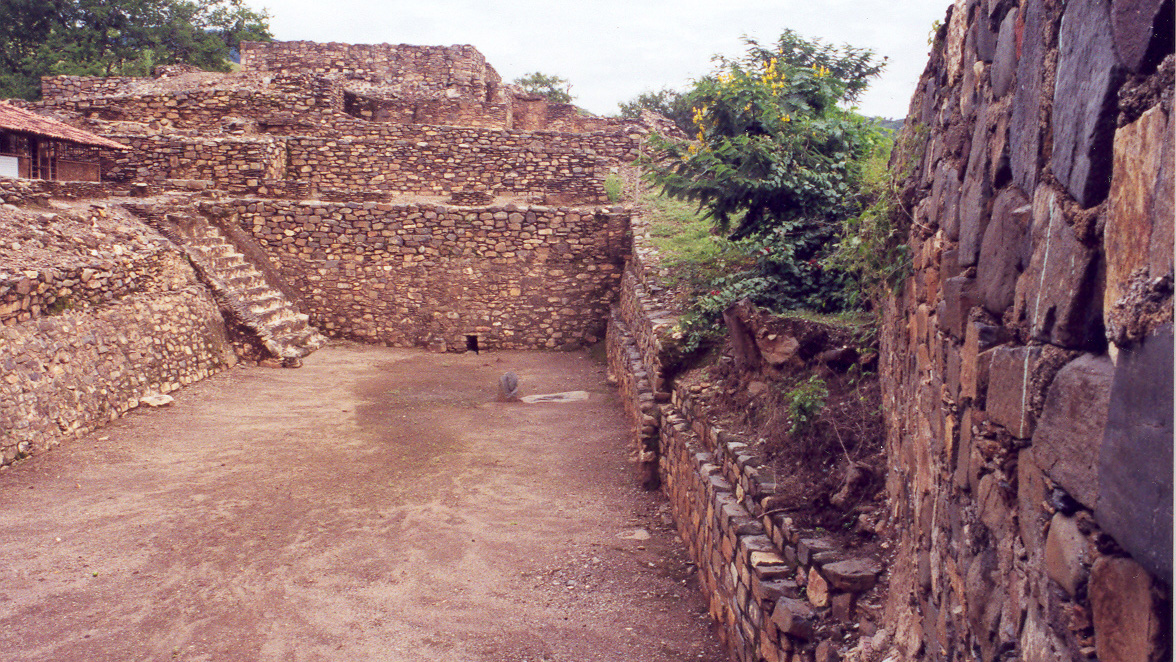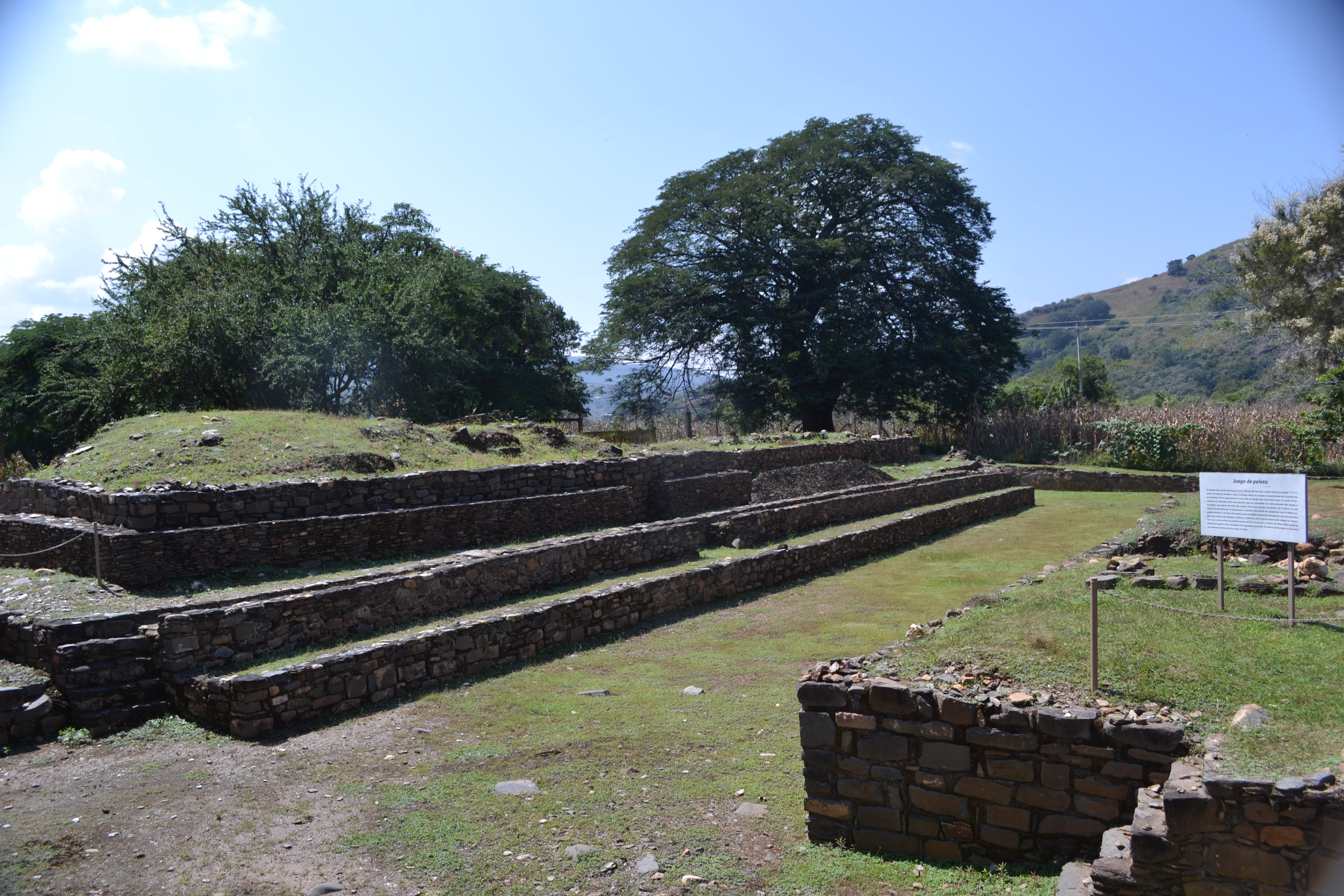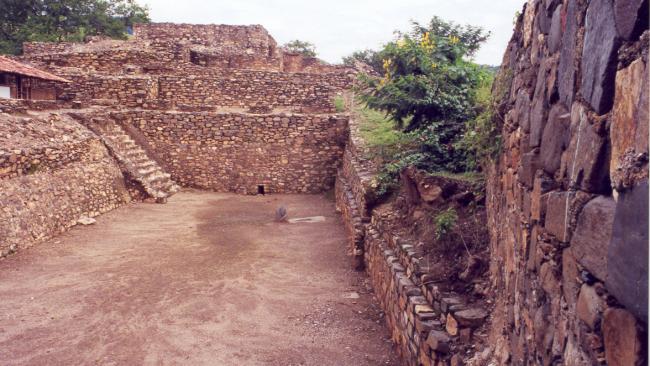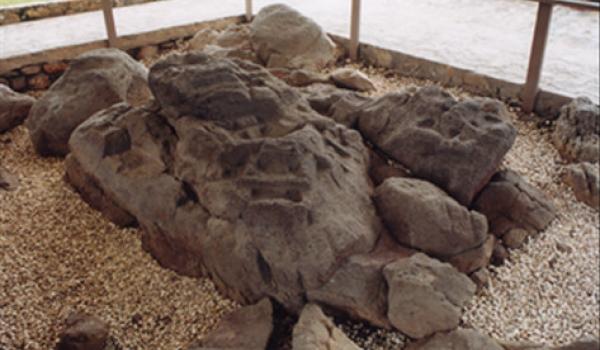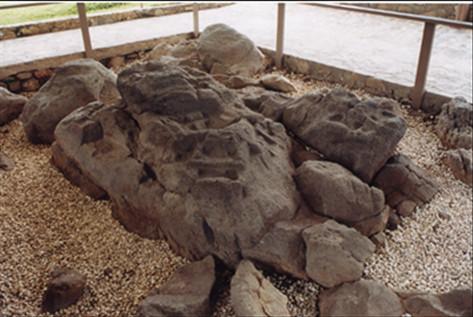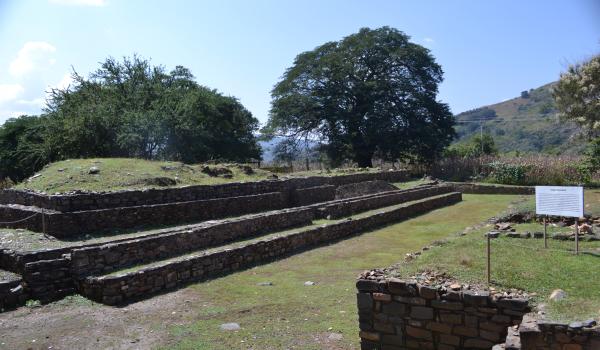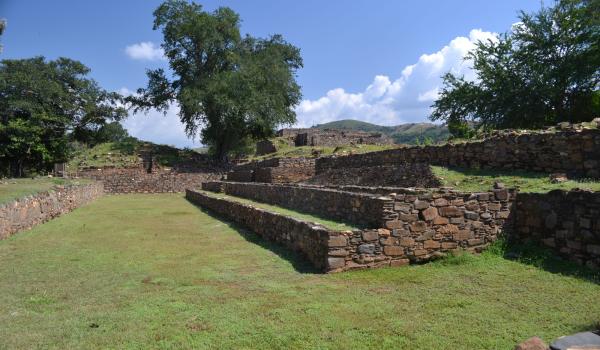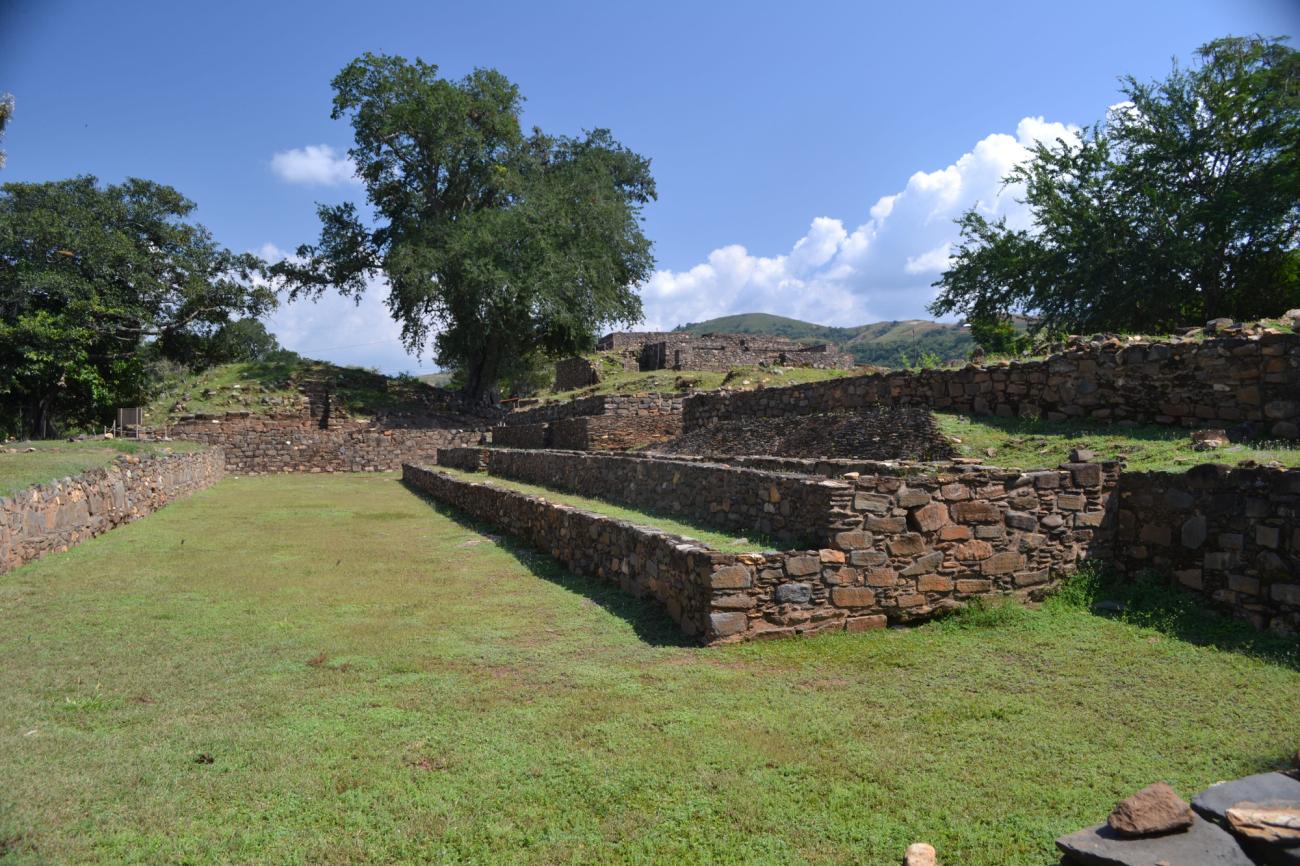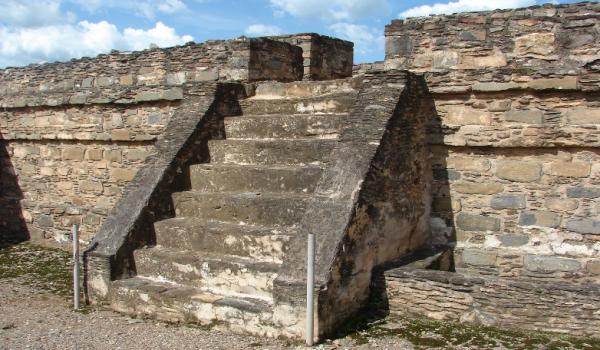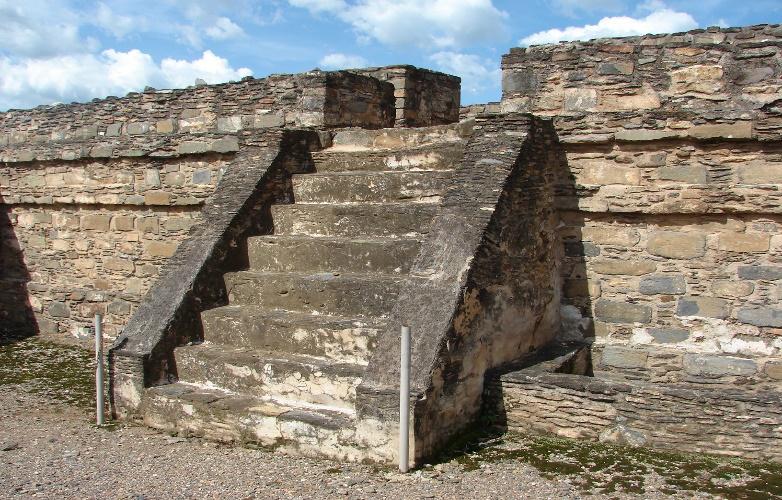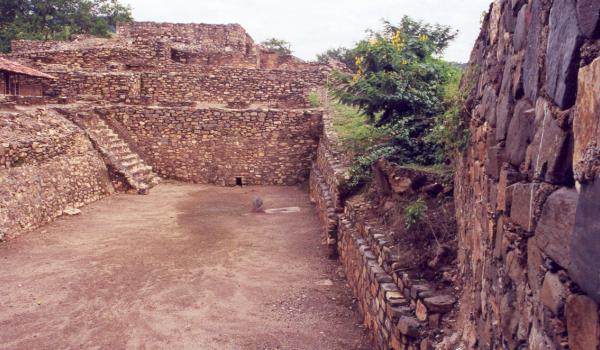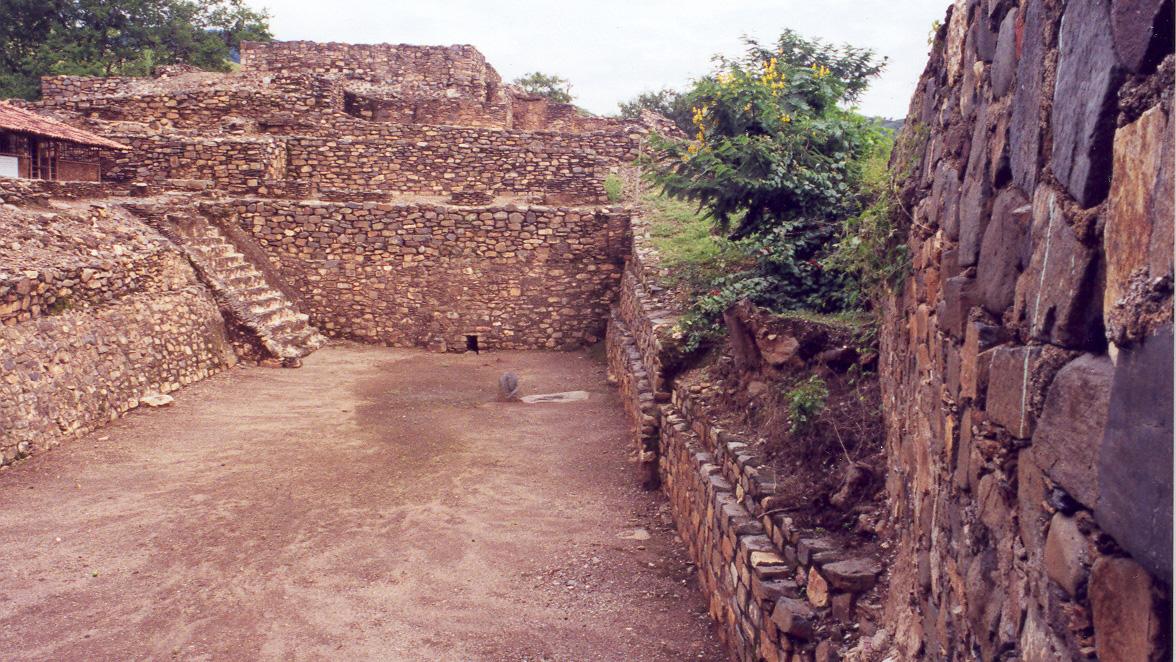The site is in the southwest region of the State of Mexico, where it is the only site that has been explored intensively. As a result there is a significant body of knowledge on the site today, which had previously been practically unstudied.
The first stage of occupation of San Miguel Ixtapan took place during the Classic period (450-750), with the second in the Epiclassic (750-900). The site reached its apogee in this stage and this was when the principal monuments were built. Subsequently around the Early Postclassic (900-1200), the buildings were reused, involving significant architectural modifications, consisting of dividing walls and extensions. Between 100 and 150 years later (1200-1521), the Mexica reoccupied part of the site, building on the ruins of the previous structures.
A pre-Hispanic scale model of a complex ceremonial center carved from a basalt outcrop by the ancient inhabitants was rescued in the first excavations carried out by staff from the INAH Regional Center in the State of Mexico from 1985 to 1986.
Given the evident importance of the site, the then Mexican Cultural Institute (now the Ministry of Culture), set up a more wide-ranging project. This included the purchase of land, as well as suitable protection for the scale model and increased excavation to uncover the remains of structures which had been detected above ground.
A large quantity of pieces of exceptional importance and artistic quality have been found over several seasons. Also the structures making up the settlement have been revealed, consolidated and restored. The Ballcourt, Platform 1, Mounds One and Two, the Sunken Patio and the Vaulted Precinct stand out.
All the archeological finds are exhibited in the site museum, which opened in March 1995.






